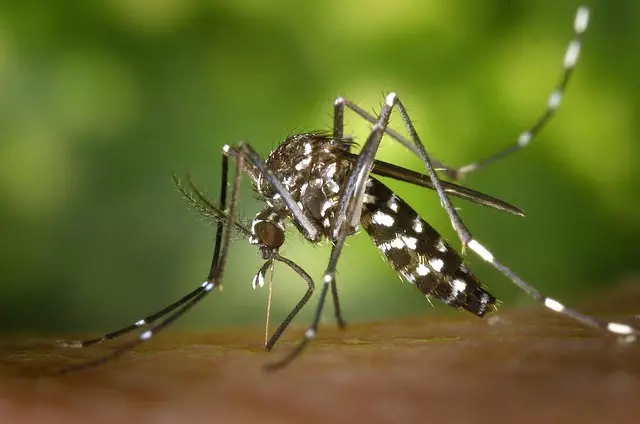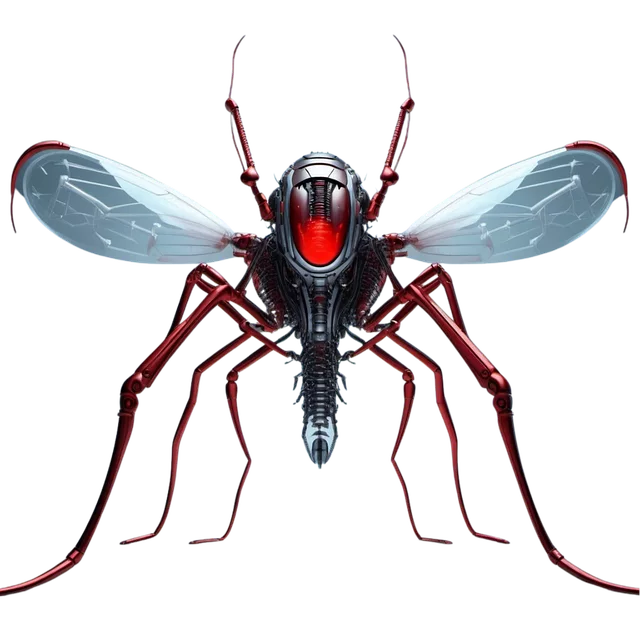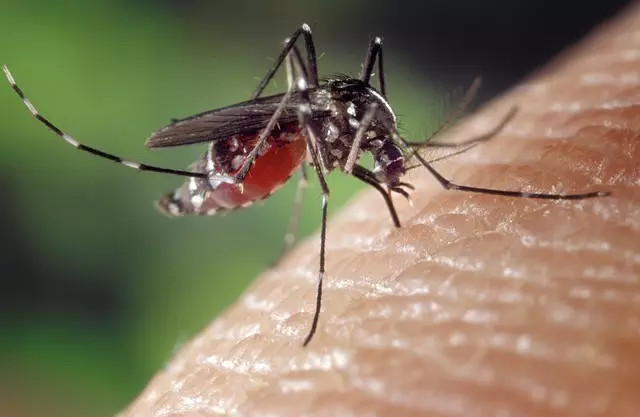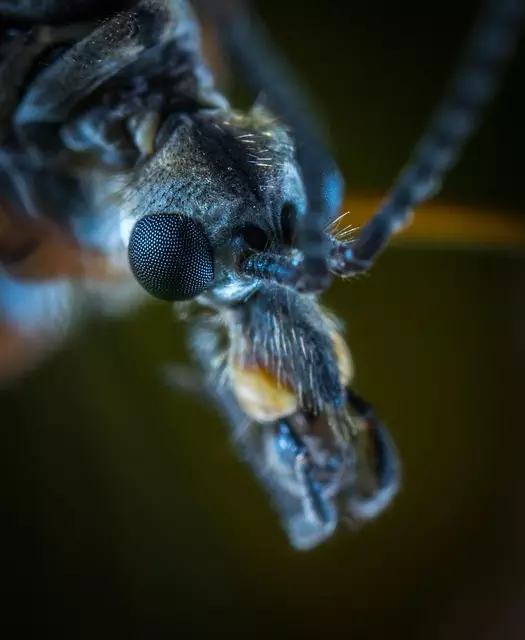Mosquitoes and ticks disrupt backyard gatherings, but understanding their behavior enables effective mosquito and tick control. Strategies include eliminating breeding sites (standing water), regular debris clearance, proper yard drainage, and installing screens. Natural repellents like citronella and lavender plants further deter them without chemicals. Physical barriers like mesh screens and fences create an unwelcoming environment. Targeted chemical treatments with DEET or picaridin offer precise applications for hot spots. Seasonal strategies adapt to changing mosquito behavior, focusing on eliminating standing water and using eco-friendly methods. Community collaboration reduces breeding grounds through collective actions like removing standing water and planting repelling plants, fostering a harmonious outdoor space free from mosquito and tick control nuisances.
Keep your yard pest-free with our comprehensive guide to safe mosquito and tick control. Understanding these pests’ behavior is key; they breed in standing water and feed on blood, making them a nuisance and potential disease vectors. We explore natural solutions like essential oils and plant-based repellents for a safer approach. Learn about physical barriers, targeted chemical treatments, seasonal preparation, and community collaboration to create an environment free from mosquitoes and ticks.
Understanding Mosquito and Tick Behavior: Where They Breed and Feed

Mosquitoes and ticks are outdoor pests that can quickly turn a peaceful backyard gathering into an uncomfortable experience. Understanding their behavior is crucial for effective mosquito and tick control. These insects breed in standing water, so eliminating potential breeding sites like buckets, flower pots, or clogged gutters is a vital first step. They also feed on blood, often targeting areas with abundant hosts, such as lush vegetation or places where people gather outdoors.
Knowing their preferred habitats helps homeowners implement targeted strategies. Regularly clearing debris and draining standing water can significantly reduce mosquito and tick populations. Additionally, using mosquito repellent plants, ensuring proper yard drainage, and installing screens on doors and windows can foster an unwelcoming environment for these pests, creating a more enjoyable outdoor space.
Natural Repellents and Deterrents: A Safer Alternative for Your Yard

Natural repellents and deterrents offer a safer, more eco-friendly approach to mosquito and tick control for your yard. Planting certain flowers like citronella, lavender, marigolds, and lemongrass can help keep mosquitoes at bay due to their natural oils that repel these insects.
Additionally, maintaining a clean yard by removing standing water—a breeding ground for mosquitoes—and trimming overgrown vegetation reduces mosquito habitat. Other natural deterrents include using fennel or catnip plants, as mosquitoes tend to avoid these scents. These methods not only minimize the use of chemical pesticides but also promote a healthier and more balanced ecosystem in your outdoor space.
Implementing Physical Barriers: Protecting Your Space from Pests

Implementing physical barriers is an effective strategy for both mosquito and tick control, offering a protective shield around your yard and home. One of the most common methods involves using mesh screens to cover patios, decks, and other outdoor living spaces. These fine-meshed nets prevent insects from entering while still allowing fresh air to circulate. For added protection, consider installing window screens and door screens to create an insect-free zone inside your house.
Fences are another powerful tool in the fight against mosquitoes and ticks. A well-designed fence can act as a barrier, blocking access to your yard for these pests. Choose materials that are durable and fine-meshed to ensure maximum protection. For example, a tall, solid wood fence with a tight weave can significantly reduce insect populations, making your outdoor area safer and more enjoyable for you and your family.
Targeted Treatments: Chemical Options for Effective Mosquito Control

When it comes to targeted treatments, chemical options play a significant role in effective mosquito and tick control. These products are designed to eliminate or repel pests specifically in your yard, providing a safer alternative to widespread spraying. Insecticides, such as those containing DEET or picaridin, can be applied directly to skin or clothing for personal protection during outdoor activities. For yard treatment, professionals use advanced technologies like ultra-low volume (ULV) misting systems to apply insecticides precisely where mosquitoes and ticks are most active.
These targeted chemical treatments offer a more precise and environmentally conscious approach compared to traditional spraying methods. By focusing on hot spots and known mosquito breeding grounds, you can significantly reduce the overall need for chemicals, minimizing potential risks to humans, pets, and local ecosystems. Additionally, modern insecticides are developed with enhanced safety features, ensuring that when used correctly, they provide effective protection without causing undue harm.
Seasonal Strategies: Preparing for Peak Mosquito Activity

As the seasons change, so does the behavior and population of mosquitoes. To effectively manage these pests in your yard, it’s crucial to implement seasonal strategies that prepare for peak mosquito activity. During warmer months, when mosquitoes are most active, focus on eliminating standing water—a primary breeding ground. Regularly empty containers, clean gutters, and ensure proper drainage around your property to disrupt their life cycle.
Additionally, consider using environmentally friendly mosquito and tick control methods, such as natural repellents or targeted treatments, to reduce the use of chemical pesticides. These strategies not only protect your family and pets but also contribute to a healthier ecosystem. By adapting your pest management approach with the changing seasons, you can maintain a comfortable outdoor space year-round.
Community Approach: Collaborating for a Mosquito-Free Environment

Creating a mosquito-free yard isn’t just about individual efforts; it’s a community effort that leads to a healthier, more enjoyable environment for everyone. A collaborative approach to mosquito and tick control involves neighbors working together to reduce breeding grounds and limit outdoor activities that attract these pests. Simple actions like removing standing water from buckets, flower pots, and birdbaths can significantly decrease mosquito populations. Additionally, planting mosquito-repelling plants like citronella, lavender, and marigolds in yards can act as a natural barrier.
Community initiatives also include organizing neighborhood clean-up events to remove discarded items that can hold water, such as old tires, containers, or clumped leaves. Collaborating with local authorities and pest control services for targeted treatments during peak mosquito seasons further enhances protection. By combining individual actions with collective efforts, communities can create a harmonious balance where people can enjoy their outdoor spaces without the nuisance of mosquitoes and ticks.
